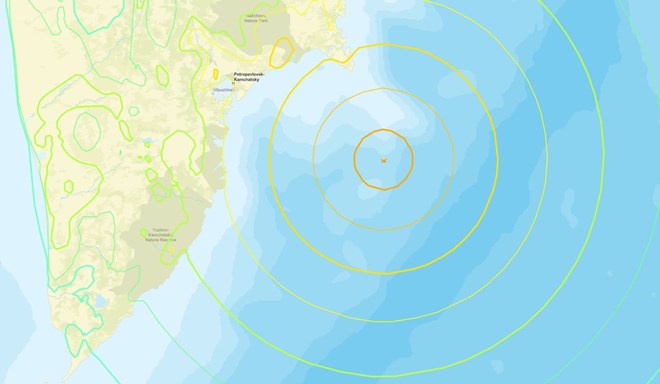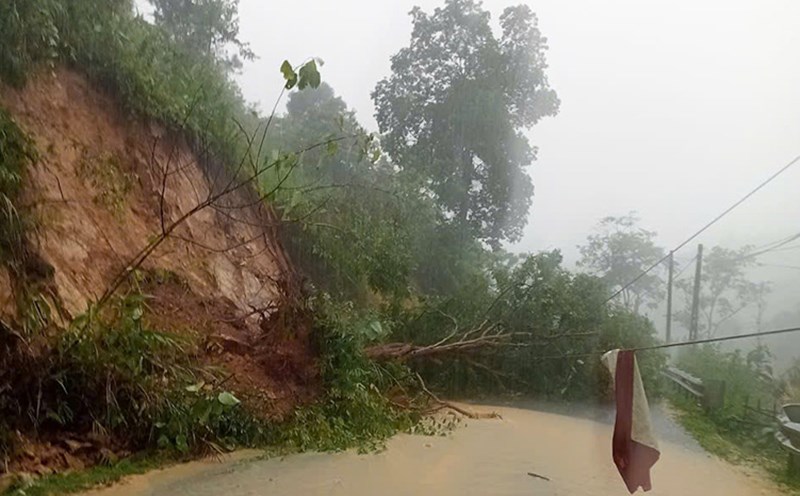
On the morning of July 30, an 8.8-magnitude earthquake occurred off the Kamchatka Peninsula (Russia). This was one of the largest earthquakes to hit the area in decades.
However, according to Dr. Nguyen Xuan Anh - Director of the Institute of Geophysics, this earthquake occurred at a long distance and did not affect Vietnam, both in terms of geological earthquakes and the risk of sunscreens.
He added that from the beginning of 2025 to now, Vietnam has recorded 209 earthquakes, of which 20 were of a scale of over 3.5 occurred in the territory and waters of our country. These earthquakes are mostly estimated to be seismic, often occurring around hydroelectric reservoirs or due to natural geological activity in faulty areas.
Although Vietnam is not in the Pacific Ring of Fire - an area that often experiences strong earthquakes and sunny weather, it should not be subjective in the face of geological disaster risks.
The Director of the Institute of Geophysics added that in the context of climate change, natural disasters are occurring with increasing intensity. Compared to before, many types of natural disasters such as floods, storms, landslides, droughts, etc. tend to become more extreme, more unpredictable and leave more serious consequences.
Therefore, Vietnam needs to have appropriate research solutions to assess and accurately forecast natural disasters in the context of climate change, thereby developing more effective and proactive risk mitigation measures.











